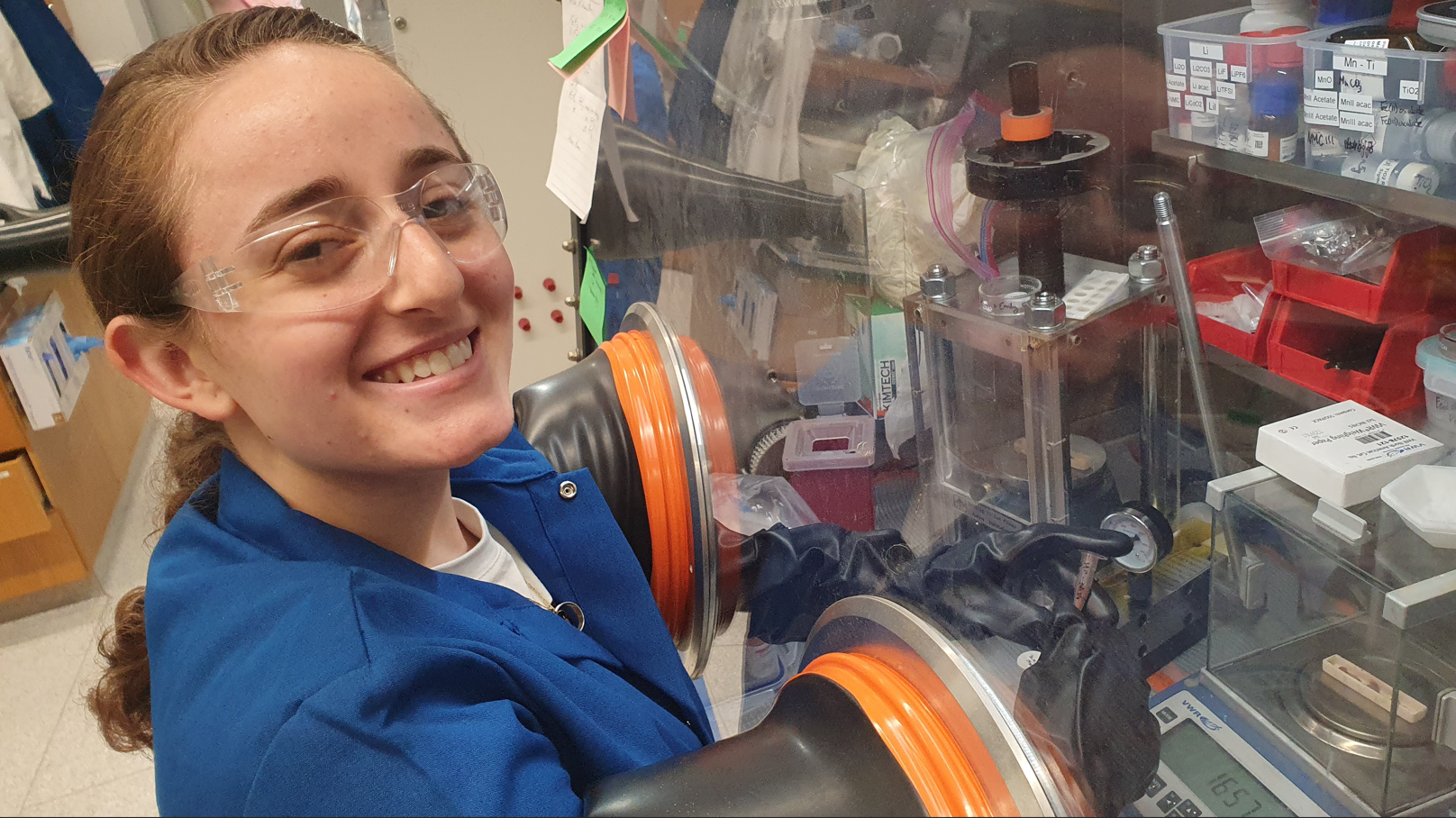
Lithium is a scarce metal with a high cost, low natural abundance, and harsh mining conditions. Considering its significant role in the rechargeable battery industry, many studies have focused on finding alternatives. Sodium—a more abundant and sustainable metal—has the potential to become a suitable alternative to lithium in rechargeable batteries. In this project, sodium metal fluoride (weberite)-based compositions were studied for applications on sodium-ion battery (SIB) cathodes. Key metrics that define high-performing rechargeable batteries include high energy density and capacity, and fast ionic diffusion. Weberite-type sodium metal fluorides have a chemical formula of Na2M2+M’3+F7. The M2+ and M’3+ ions can be several different redox-active transition metals in the specific weberite composition, making weberites extremely compositionally flexible. In theory, fluoride-based structures promote fast ionic diffusion, and high energy density and capacity, but can suffer from decomposition during the processing conditions necessary to use these materials as SIB cathodes. The main focus of this study was to determine and synthesize stable compositions that may realize the predicted high-performance of these SIB cathode materials. Density Functional Theory was used to select stable compositions. The structures were synthesized via a mechanochemical solid state synthesis, then processed to overcome electronic conductivity limitations by mechanochemically carbon-coating the material, and finally assembled as half cells to be electrochemically tested. Throughout the process, powder X-ray diffraction was utilized to confirm the formation of the product and determine its purity. Multiple weberite compositions were synthesized with purity less than desired, which is 90% and above, and that directly affects the capacity of the battery cathode. This suggests further synthesis optimization is necessary. The samples were found to be stable to carbon-coating, which confirms our computational predictions. These preliminary findings with more optimized synthesis is leading us closer to a greener and sustainable future in the batteries industry.